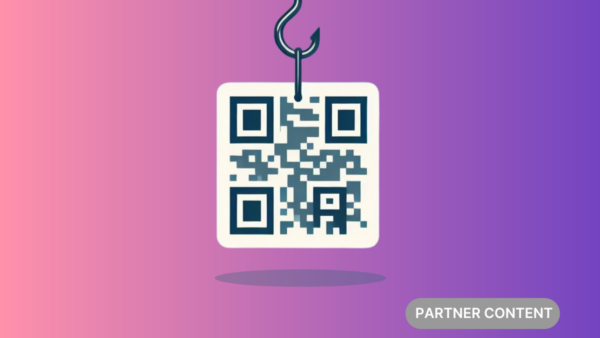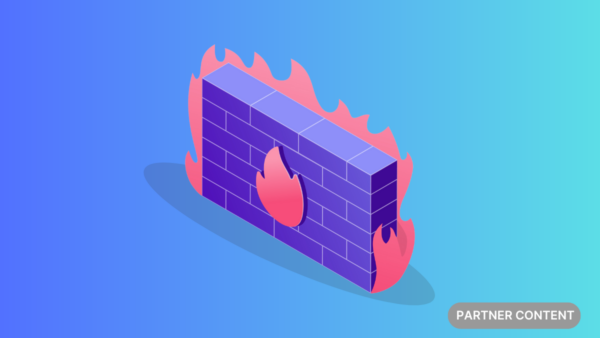In April 2005, Carlos Velloso ruled on one of the strangest cases he can remember. In his decades-long career, Velloso had served on some of Brazil’s most important courts before arriving to the Supreme Court in 1990. And yet, despite his weighty title of Supreme Court Justice, he had to rule on the man standing before him, known as case HC 85066. The defendant was accused of killing a pregnant dog and shooting a parrot.
“The parrot-killer case was the weirdest I’ve had to rule on, but it wasn’t the only one of such nature,” says Velloso, who served in the Supreme Court from 1990 to 2006 and as chief justice from 1999 to 2001. “It’s a shame to see the country’s most brilliant jurists wasting their time with cases like domestic disputes. They should be writing our legal history instead,” he says.
A parrot. A dog. In the Supreme Court. If it all sounds a bit strange, it’s because it is. But in Brazil, our Supreme Court justices have to review cases like HC 85066 all the time. The Brazilian Supreme Court is not simply a Constitutional one, ruling on jurisprudence-creating cases – it’s also the last appeal stance for all cases in the judicial system. Literally any case could be analyzed by the justices: a recent study published by the Supreme Court shows that each of the 11 justices falls responsible for over 10,000 individual decisions each year. This is in addition to the most complex cases, which are reviewed collectively by all 11 justices.
In contrast, the United States Supreme Court chooses which cases are worth being analyzed by the country’s highest legal system. Four of the nine justices must say ‘yes’ to a case for it to be reviewed, which happens between 70 and 80 times per term. By the so-called “Rule of Four”, the country’s highest court will only work on relevant, even historic cases – not your everyday ones. In Brazil, reality is very different.
Never-ending delays
Justices must juggle jurisprudence-creating cases with small ones like HC 85066. But while the latter ones may lack complexity, they more than make up for it in volume. Our Supreme Court has reviewed over 1.5 million cases since 1988, which perhaps makes it the world’s most overburdened judiciary system.
Never-ending possibilities for an appeal allow talented lawyers to drag cases on for decades before receiving any final ruling. And after a certain period, the statute of limitations can come into effect, meaning that perpetrators can no longer be prosecuted.
Some of Brazil’s most established political figures have taken advantage of these problems, using skilled lawyers to find loopholes and manipulate the system. Paulo Maluf, the ex-mayor of São Paulo, is one such example. Accused of so many counts of corruption both within Brazil and abroad, Maluf and his son have been included on Interpol’s most-wanted list. Yet they have managed to duck any prison time, adding to the stereotype that only the poor wind up in jail.
How Mensalão changed the courts
In 2012, the court practically ceased its activities for a year and a half so that it would be able to judge its most important and complex case to date, the Mensalão case. In Portuguese, Mensalão means roughly “big monthly stipend”. It was a scheme orchestrated by the federal government to bribe congressmen in exchange for supporting its legislative agenda. Forty people were prosecuted – including some of Brazil’s highest-profile politicians.
It was a historic trial. For the first time in Brazilian history, a group of rich, powerful men was convicted and arrested. It included José Dirceu, who served as chief of staff to President Lula, and João Paulo Cunha, a former house speaker. But the trial was also groundbreaking because it took “only” 7 years for the entire process to be concluded – from the investigation, to prosecution, to trial. Oh, and another year for the convicted men to finally be put behind bars.
System stagnation
One solution would involve taking the burden off of the Supreme Court and transforming it in a Constitutional Court – but it’s difficult to turn this into reality. The only way to change the current system would be for Congress to pass new amendments to the Constitution. However, when Brazilian congressmen profit from the status quo, it’s pretty difficult to imagine they’d want to change the rules.
The Supreme Court is the only system allowed to investigate and prosecute politicians at a national level. But while they’re busy judging parrot-killers or settling neighborhood disputes, 22 percent of cases involving corruption schemes led by political big shots were closed thanks to the statute of limitations. Since 1988, the Supreme Court has investigated 500 members of the Parliament.
Only 16 cases resulted in actual convictions, the first one being in 2010. Therefore, the slow-paced Brazilian judicial system is helping to create some of our most endemic problems: impunity and corruption.











 Search
Search






































